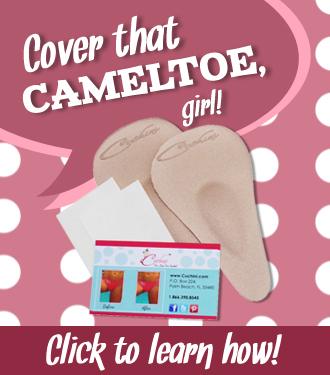 We’ve all been there: You go out and buy a new foundation only to get home and realize the shade you thought was a perfect match is so not. Whether you weren’t able to get color-matched by a professional or just didn’t really know where to begin, an unpleasant encounter with foundation has happened to the best of us. It makes sense—with such a variety of formulas and finishes, the shopping experience can feel more intimidating than almost anything else! But that doesn’t mean that you should shy away from the process; in fact, you should embrace it. Here are some tips on how you should be shopping for foundations:
We’ve all been there: You go out and buy a new foundation only to get home and realize the shade you thought was a perfect match is so not. Whether you weren’t able to get color-matched by a professional or just didn’t really know where to begin, an unpleasant encounter with foundation has happened to the best of us. It makes sense—with such a variety of formulas and finishes, the shopping experience can feel more intimidating than almost anything else! But that doesn’t mean that you should shy away from the process; in fact, you should embrace it. Here are some tips on how you should be shopping for foundations:
#1 Know your skin type
Is your skin dry, oily, sensitive, normal, or combination? Knowing this going into foundation shopping will help narrow down the formula that suits you best. For example, if you have dry skin, you’re not going to want the same formula as your friend with an oily complexion. Once you have a clear understanding of yours, you can start your search. If you’re still unsure, here’s a more in-depth read on determining your skin type.
#2 Understand your undertone
The other key to finding the perfect foundation is understanding your undertone. Undertone is the color that comes through the skin, not how light or dark the skin is. Warm skin tones have undertones of golden, peach, and yellow; cool is pink and rosy; while neutral shows no evidence of color.

If you’re having a hard time determining what your undertone is, ask yourself the following questions… First, does your skin tan easily? If you answered yes, then it’s most likely you’ll be a warm to neutral undertone. If you tend to burn, then you’re a cool undertone. Next, figure out what color your veins are. To do this, check the inside of your wrist where veins are more pronounced. If they appear blue or purple, you’re a cool undertone; if they’re green or olive, you’re warm; and if they’re blue-green, you’re neutral.
#3 Pick a formula and finish
While you’re free to use any formula or finish that you’d like, some perform better on one skin type over the other. In general, though, if you have dry skin, stick to a cream formula because it’s the most hydrating. Generally, they have a thicker base and provide good coverage with a dewy finish. For people with oily skin, powder foundation should be your go-to because they do a great job at absorbing excess oil. And liquid foundations can be used on both oily and dry complexions. They are a fan favorite for a reason. They’re easy to use and provide the most sheer, skin-like finish. Also keep in mind the type of finish you prefer, whether it’s matte or dewy—each formula will differ.
#4 Find your match-in store
After you’ve determined your skin type, undertone, and formula preference, it’s time to pick a foundation. Never test a new foundation over your existing foundation. Be committed to removing your foundation so you can truly find the perfect match. Test at least three shades that you think are the closest to your skin. With your fingertip or a cotton ball, do a streak test on your jawline, and repeat with each shade. They should be side by side so you have a visual comparison.
How do you know which one works best? Ideally, the foundation should disappear into the skin when you blend with your fingertips. If you’re still unsure, check your match in natural light near a window. Still haven’t found something spot-on? Don’t be afraid to mix two shades together or even try a tinted moisturizer; they’re incredibly sheer, so it’s easier to find a match. Whatever you do, don’t test foundation on the back of your hand or wrist, as these areas are never really the same color as your face.
 Did you enjoy this article?
Did you enjoy this article?






